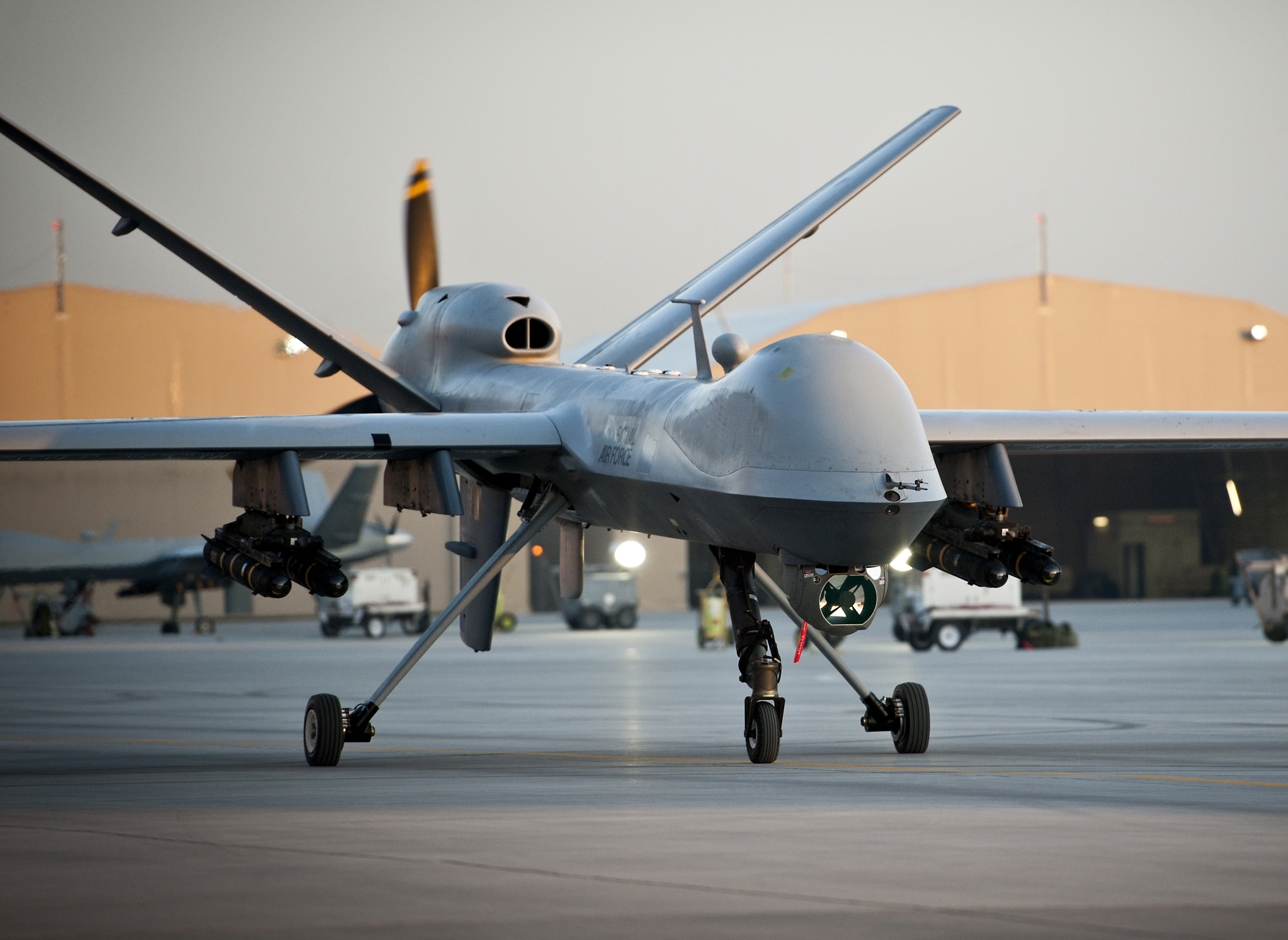
As Air Account Manager at the Defence Science and Technology Laboratory, my primary responsibilities cover Air Command, Joint Helicopter Command and the relevant Air projects at Defence Equipment and Support.
I work closely with military and civilian colleagues to shape and focus science and technology on defence challenges and find real solutions that deliver to the front line of today and tomorrow.
Our purpose, as the Defence Science and Technology Laboratory Account Directorate, is to provide clear points of engagement for MOD customers and stakeholders, focusing on their priorities and ensuring that we have a strategically targeted and shared forward view of the role of science and technology in defence. We provide support to MOD Head Office, Front Line Commands, Defence Equipment and Support and other government departments. We are also responsible for managing the demand at MOD’s Defence Science and Technology Laboratory and supporting our strategic alignment with our large external supplier base.
The largest ‘Air’ science and technology programmes currently are on Air Survivability and Combat Air and platform technologies – combinations of on-going research to understand and address the challenges of future air operations and support to projects in, or entering, operational service. We have recently seen some significant achievements including the flight trials of the Taranis Unmanned Combat Air System demonstrator and the Common Defensive Aids.

There is a lot happening – emerging maturation of autonomous systems technologies, exciting developments in new propulsion technologies and directed energy weapon systems. There is also interesting work in bio-inspired air vehicle technologies, increasing advances in computer power and network technologies and the potential advent of more commercial access to space. All of these open the door to delivering Air Power’s contribution to defence missions in more effective ways, reduce the cost of the capability or enable us to address emerging threats and the uncertainty of the future defence and security environment.
The challenge remains to exploit these emerging technologies in an affordable way. This may come through innovative approaches to design, manufacture and support for future air systems, exploiting new materials, 3-D printing and new business models.
For me, the value of my work is in finding affordable solutions to defence challenges. This involves bringing together the best of operational, technical and policy thinking and working with people at the Defence Science and Technology Laboratory and in industry on systems and technologies, as well as those working to enhance our current and future front line capability and creating options for international collaboration on future systems.
I guess I’m still really an engineer at heart. I like seeing problems fixed and it’s even better if there’s a flying machine involved!
Read more about Peter Stockel in Defence Codex – MOD’s defence science and technology magazine.